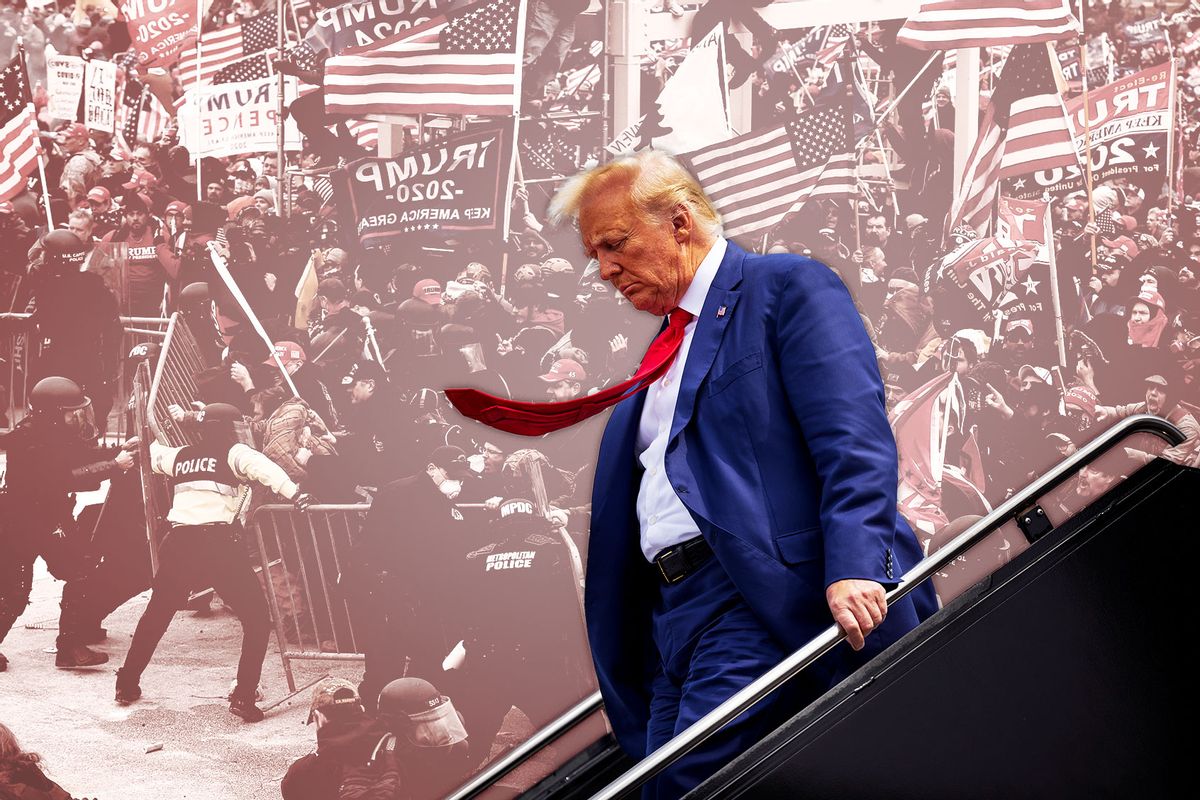Highlights: One of the defining features of the rise of American neofascism is violence. This is in no way surprising: violence is one of the primary tools that enemies of democracy use to impose their will, undermine institutions, and prevent the types of consensus-seeking that’s foundational to a healthy democracy and society. Contrary to what right-wing leaders and their disinformation media would like to suggest, this violence is not on “both sides.” The data and other evidence show that political violence and extremism in the Age of Trump (and from the late 1980s to the present more generally) is a phenomenon almost exclusive to the right-wing and “conservative” movement.
National security experts and law enforcement are continuing to warn that right-wing political violence as seen on Jan. 6, in mass shootings and other acts of terrorism, hate crimes, and other such actions – up to an including the possibility of a sustained insurgency to remove President Biden and the Democrats from power – is the greatest threat to the country’s domestic safety and security.



I know this is a weird way to look at it, but the meaning of that death manifests in the past.
It is before that death that, because it would involve danger to the attacker even if it’s death for the defender, the willingness to die has its effect.
I’m not trying to sound mystical or esoteric here. I’m just trying to use new language to describe the same concept because it just doesn’t get through for some reason.
Like deterrence is one kid saying “If you smash my xbox, I’ll smash yours”.
Smashing the second xbox doesn’t save the first xbox. Promising to smash the second xbox is what saves the first xbox. The second smashing happens after the first smashing and therefore cannot affect the first smashing since causality goes forward in time. The purpose of the second smashing is to keep, ie validate, the promise made before the first smashing.
It’s a weird, abstract thing. To me it kinda feels like imaginary numbers in math. Like they don’t exist but using them works on things that do exist.
There’s no causal arrow from the second smashing back to the first smashing, but doing your “math” as if the second smashing is a reality, like as if it “already” exists there in the future, changes the probability of the first smashing.
I keep going long-winded with this but what I’m really trying to say is, do you really not grok how “If you do this thing I’ll punish you for it” shapes behavior?
I know what deterrence means. I’m telling you deterrence doesn’t work if one side has access to unlimited amounts of Xboxes. They don’t care if you smash their Xbox because they simply buy a new one and then they kill you anyway.